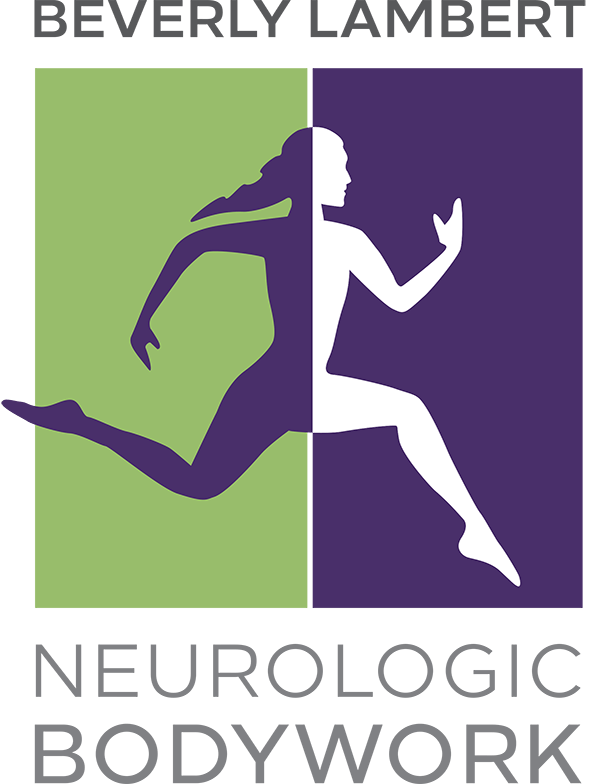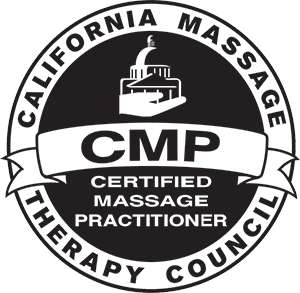Self Care Tips
MCT is a partnership between you and the therapist. Your healing continues with a self-care regime.
Injury is defined as: harm or damage that is done or sustained.
We are not accustomed to thinking of a sore, tight muscle as an injury. However, when a muscle is sore and tight, it means that the tissue is in a state of chronic contraction and has limited range of motion. This is not the normal state of a healthy, well-functioning muscle; it is a sign that harm or damage has been done and is being sustained.
MCT puts you on the path to healing that injured muscle. How short that path is, depends a great deal on how you take care of the injured muscle between your MCT sessions. So, to help your healing process, we recommend a regime of the following activities to do as “homework” between sessions:
• Stretch • Ice • Rest
The specifics of your homework regime will be tailored to your individual condition, as evaluated after each session, and reviewed with you in detail. The General Instructions provided here are reminders of how you should perform each activity:
General Stretching Instructions
After an MCT session, you will notice that a muscle that has been over-contracted for weeks, months, or even years is now relaxed, less painful, and has a greater range of motion. To help that muscle remain in that relaxed healthy state, you will be shown how to stretch it. Regardless of which muscle you have been assigned to stretch, please remember these guidelines:
- Breathing is a big part of stretching successfully. DO NOT hold your breath when stretching – inhale before you start a stretch, exhale as you stretch, inhale as you return to your starting position.
- Move slowly through the stretch’s entire range of motion, being sure to return to the stretch’s starting position before your next repetition. Do not “pulse” through each movement.
- DO NOT hold a stretch for 20 or 30 seconds. When you reach the “end range” of the movement (the point at which you feel the stretch) pause for just a moment and then release the stretch. You will find that your range of motion increases as you move through each repetition.
- Be conscious of other body parts. All other muscles should be relaxed. If you are tightening other muscles to achieve the stretch, you are over-exerting.
- Stretch CONSCIOUSLY – feel the muscle lengthen and shorten.
General Icing Instructions
Icing reduces inflammation, so rather than taking anti-inflammatories that can harm your stomach, liver or kidneys, allow time in your daily schedule to ice. Here are some tips:
- Be sure you have a really good ice pack – a bag of frozen peas is not an ice pack!
- Ice the injured muscle for 20 – 30 minutes at a time.
- The frequency with which you ice depends upon the extent of your injury.
a. Allow at least 90-minutes between icing if you are recovering from a recent trauma and are in a lot of pain
b. Ice once or twice a day if your injury is chronic, but at a low pain level
Rest
Remember, a sore, tight muscle is an injured muscle. Treat it as you would any other injury – you wouldn’t try to run on a sprained ankle, or swim with a broken arm. ALLOW TIME FOR HEALING TO TAKE PLACE.




